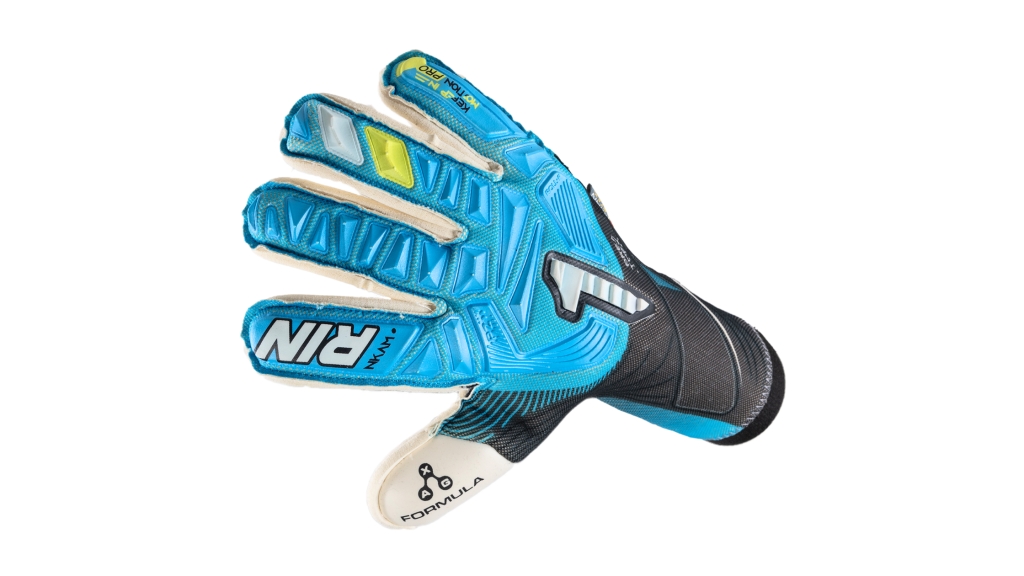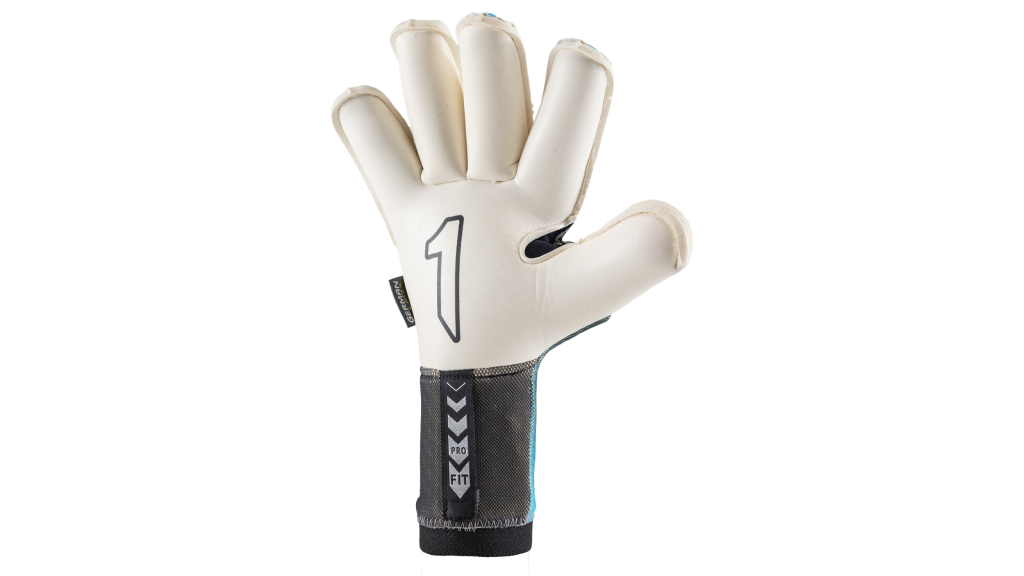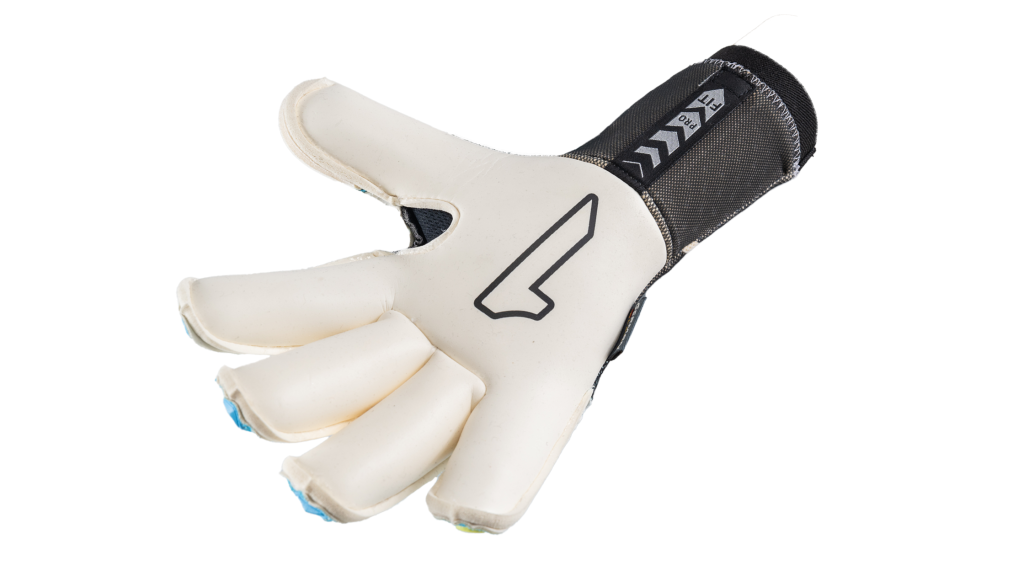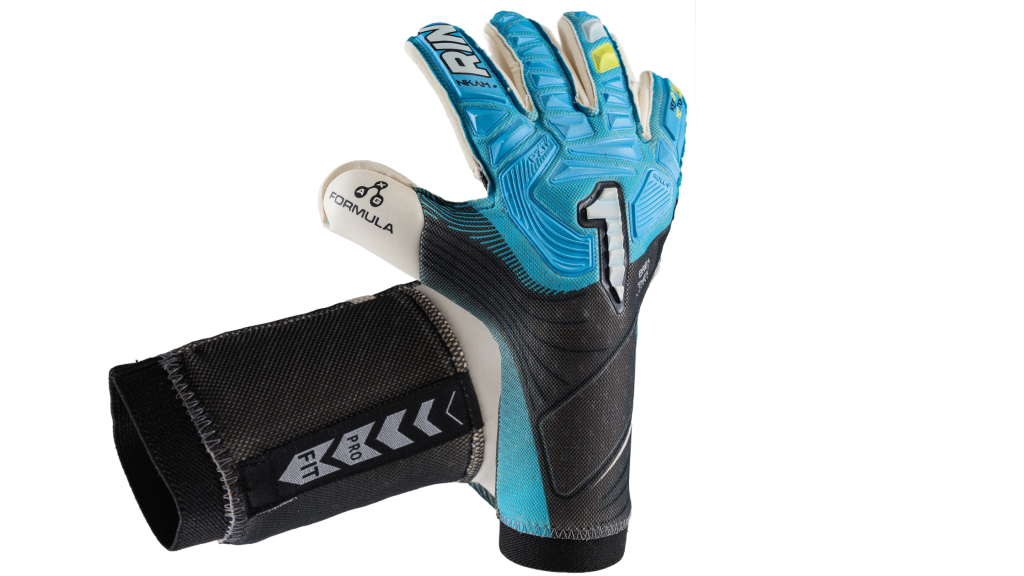Some goalkeepers hate 1v1s. Others love the thrill of being the last line of defence, the only thing between an opposing striker and the back of the net. However you feel about 1v1s, you’ll have to face up to them if you hope to become a successful keeper.
This guide is here to help, looking at some tips and tricks to navigate 1v1s and improve your save rate.
Preventing 1v1s
Before we look at how to handle 1v1s, it’s worth highlighting a few quick pointers for preventing them in the first place. Ultimately, a 1v1 will only happen if an opposing player gets past all of your defenders. One way to prevent them is to command your defence correctly. Read the game, look for signs of pressure or opposing forwards waiting to break through the line, and spot the danger in advance.
Keep communicating with your defenders. Let them know about any players they might not have noticed closing them down or making runs beyond them. Call them to drop deep when you sense you might be put under pressure soon. If you can position your defenders in the right places, you should face far fewer 1v1 situations.
Another good tip is to not sit too deep in your area all the time. If the ball is down the other end of the pitch, there’s usually no harm in standing on the edge of your box. You might even venture a little further out. That way, if the opposing side takes control and tries a long ball over your defence, you’ll be ready to intercept and clear it away.
How to Handle 1v1s
Unfortunately, even with preventative measures and cautious play, you’re bound to face the odd 1v1 situation. Here are some tips on how to handle them.
Stay on Your Feet as Long as Possible
This is arguably the golden rule of dealing with 1v1s as a goalkeeper. You have to stay on your feet for as long as you can. Once you go to ground, you lose control. Of course, there are times when going to ground is the right move. It can help you spread yourself to block a shot or even get a tackle in against a hesitant forward.
However, if you commit to going down at the wrong moment, the opposing player could easily get around you or find an angle to shoot. The longer you stay upright, the more pressure you’ll be able to put on your opponent. They won’t know which way you’re going to go, and you’re effectively asking them to make the first move. This makes their job of trying to score that much harder.
Try to Narrow Down the Angle
There are times, as a goalkeeper, where you should stay back and sit on your line. But 1v1s aren’t usually those times. More often than not, in a 1v1 situation, you’re going to want to come out, at least a little, and close down the striker. This has two big benefits. First, the sight of an onrushing keeper often puts strikers under pressure, affecting their mental game and making them liable to make a mistake.
Second, it closes down the shooting angle. If you’re right on the goal line, there’s a lot of empty space either side of you for strikers to aim at. But if you come out and close that angle, the space becomes much smaller. As a result, the striker will have to be even more precise with their shot if they hope to score.
Read the Situation to Identify the Best Approach
Every 1v1 is different. Sometimes, the onrushing player might be far ahead of your defenders. That’s a true 1v1, where you have to accept that you’re probably not going to get any help from your teammates. In other cases, you might have a teammate not too far away, rushing back to assist you. There are also situations where you get unlucky and face a 1v2, with two attackers sprinting at you.
It’s important to read the situation to calculate your next best move. In a pure 1v1, you’re most often going to have to come out, close the attacker down, and go for either a dive or tackle to stop them. In a 1v2, you have to be more cautious, trying to track the run of the second player. In situations where a defender might come to your aid, it’s all about buying time and pressuring the attacker for long enough.
Be Bold
When someone is running right at you at full speed, with no signs of stopping, your instincts might tell you to back away. However, in 1v1 situations, you have to be brave. You have to be bold, decisive, to ignore that part of you that is afraid of making a mistake. Of course, you still have to be cautious to avoid unnecessary injury, but these moments certainly aren’t the times to back down.
Remember, you’re not going to win every 1v1. There are going to be times when you make the wrong call, or situations when the opposing striker is just too good. But by being bold and trying your best, you’ll at least give your side a fighting chance of avoiding a goal. Plus, the more 1v1s you encounter, the more experience you’ll gain, and the better you’ll get.
Make Yourself Big
Last but not least, every goalkeeper should know the importance of making yourself as big as possible in a 1v1. There are lots of different shapes you can make with your body, by moving your legs and spreading your arms wide. Every keeper has their favourite or go-to shape. Whatever yours happens to be, use it to the best possible effect.
The bigger you can be, the more space you’ll cover and the more chance you’ll have of stopping a shot. It’s much harder for a striker to bend the ball around a goalkeeper making a big star shape than one standing with arms by their sides.
Keep These Tips in Mind to Win More 1v1s
Rather than seeing 1v1s as daunting, intimidating experiences, see them as your time to shine. Those are the moments when you can put many of your keeping skills to the test and potentially win matches for your side. It’s just you and the striker, and only one can emerge victorious. Keep these tips and tricks in mind to make sure you come out on top more often than not.




